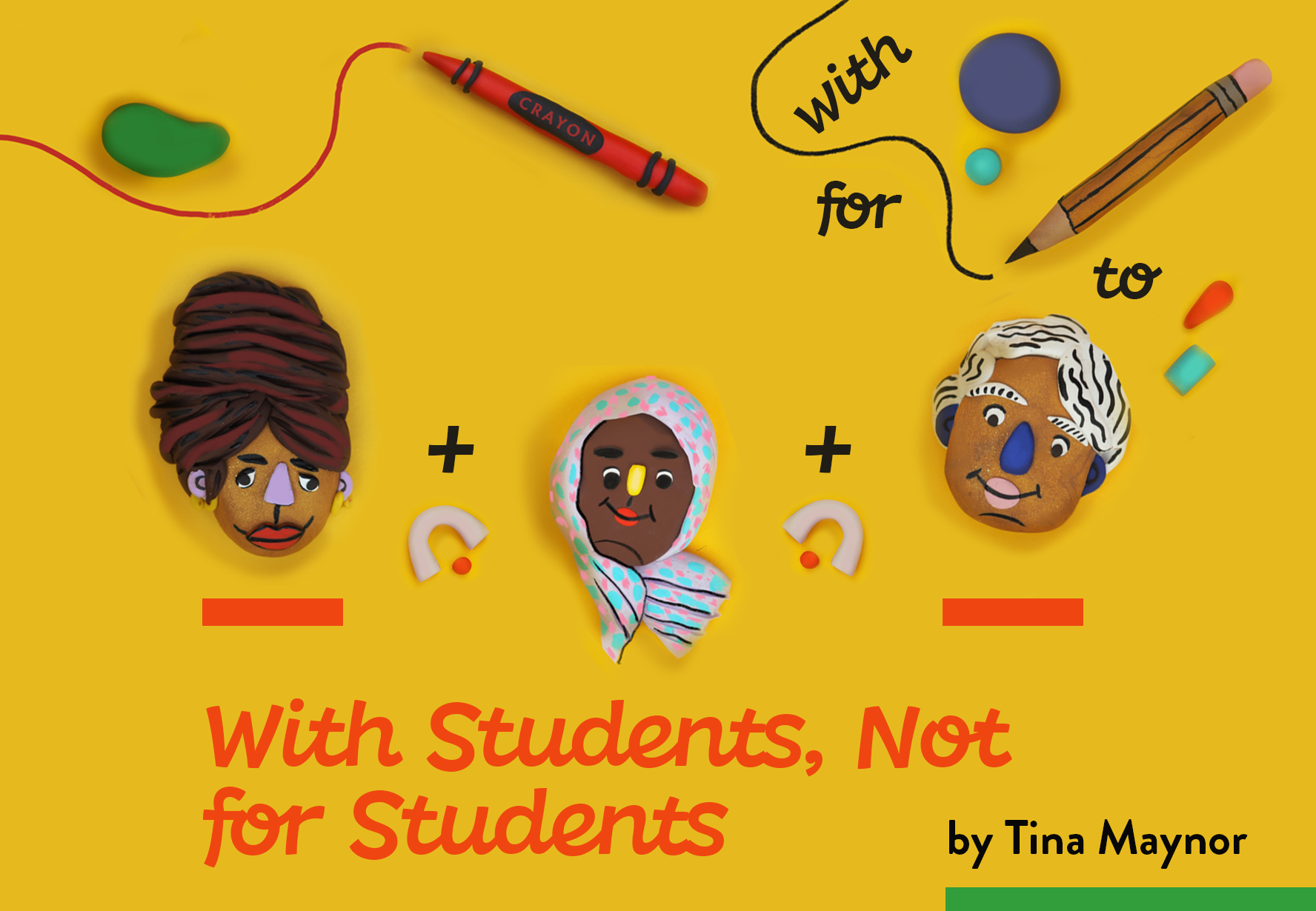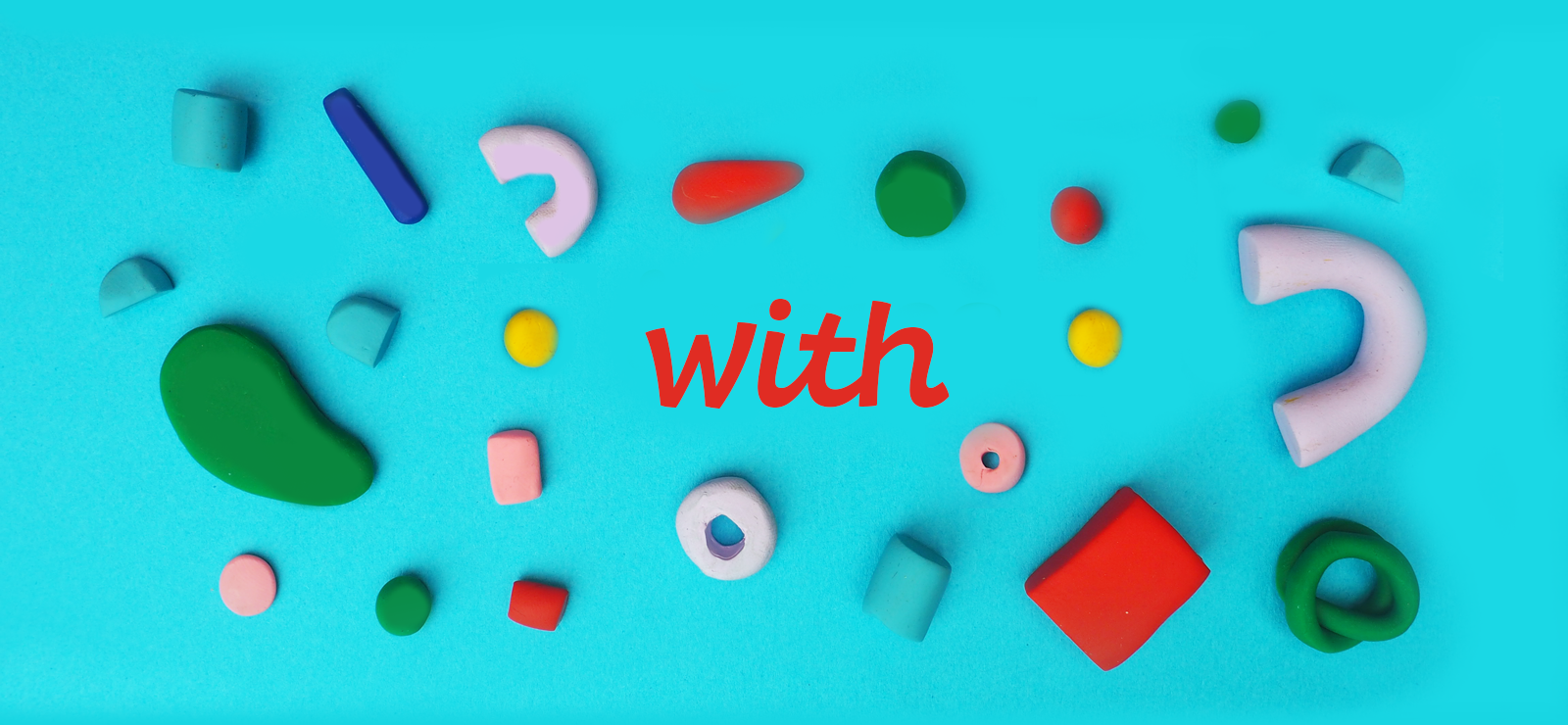

If you’ve come to help me, you’re wasting your time. But if you’ve come because your liberation is bound up with mine, then let us work together.
— Lilla Watson
A dear friend and one-time colleague of mine left Minneapolis Public Schools a few years ago. As a woman of color, she had come to help close the achievement gap, but she left saying she didn’t get what all the fuss was about. It’s easy, isn’t it? If every teacher worked with students and not for them, we could do it. The word change sounds simple, but it represents an important paradigm shift. One that would put our most helpful tools: student assets, perspectives, experiences, and dreams alongside our own at the center of our work.

I found this diagram of with a few years back and posted it, it’s hanging on my wall in front of my desk. It comes from the restorative practices movement, an approach we are implementing to different degrees and in different ways in schools all over the district. The diagram describes a continuum where we can either do things to, for or with students (or even not do anything at all, but we won’t address that one here). Although restorative practice talks mostly about classroom behavior, in my experience it applies to learning, even more so.
To at its worst can do a lot of harm. To can look like punishment, it can look like a threat. It might sound like, “If you do that, then I’m doing to do this to you.” To is what was playing out when I referred students out of class early in my career. I realized later that I had created a power struggle situation I could have just as easily avoided. In hindsight it feels like I said “I’m going to prompt you to do this, then I’m going to do this to you in response.” I see so many better moves now.
For is something I experienced a lot as a student. Maybe you did, too. The curriculum was made for us, usually by textbook companies, sometimes by teachers. For looked like memorizing grammar rules and math formulas and spitting them back on tests but not necessarily knowing how to use them. For says “I know best for you.” For isn’t always bad. But if it’s overplayed, it disempowers.
With is a lot more complex and takes longer to develop.
A few years ago, after three years of teaching French, I started to get the feeling that we had an uninvited guest in our classroom: Our French textbook. It had been made for all the French learners all over the US, but somehow my students couldn’t identify with that group. It didn’t celebrate them as emerging bi- and trilinguals. It didn’t show a French-speaking world that looked like them. It didn’t leave room for their questions about language and culture. So I took a leap and stopped using the textbook as a guiding tool for my classes. I relegated it to resource status.

Putting the textbook in the back seat was probably the most important step we made in our transformation from for to with. Here is a way my classroom embodies with now, though our journey is hardly complete:
Two years ago, I asked my students at Edison which of the exciting projects our classroom partner Ms. Ann Dillard was doing in Senegal they would like to support: Pen pal exchange? Collecting used prescription glasses? Raising money for anti-malaria mosquito bed nets? The students surprised me and chose none of the above.
They came up with a new idea: sending friendship, health, happiness, and fun to Senegal. The vehicle? Soccer balls. Our Edison students, and the Northeast Middle School students who partnered with us, got to see their idea turn into results a half a world away. They learned about the many native languages in Senegal and how their middle school classmates there were French learners, just like them. They learned that the vast majority of Senegalese practice Islam, like many of our students. They learned about the Atlantic Slave Trade and Ile de Gorée. They even got to hold a piece of the Maison des Ésclaves (house of slaves) that Ms. Ann brought back for us while she told us what it was like to stand in front of the Door of No Return. Several students chose to talk about this in French for their Individual Oral exams this year.
Right now, after 18 years of teaching in Minneapolis Public Schools, the work that inspires me most is with work.
With is the thing that gives me the most energy and hope in my own classroom. We’re working together in our international service project Ballons d’Amitié described above, and in writing reviews of French speaking artist albums with my students and then sharing those with the French 3’s to inspire more of the same.
With is the thing that gives me the most energy and hope in my instructional coaching work, a large part of the work I do at Edison. Unlike other professional development initiatives, the main aim of coaching is not implementing a program, it’s teacher transformation. Coaching asks us as coaches to come alongside our colleagues and look at data. Excitingly, coaching is a research-based high leverage strategy to improve teaching and student results with teachers.
With is the thing that gives me the most energy and hope when I look at my colleague’s work. For example, our Edison Tommies Student Network weekly video webcast, where students investigate and report on school, local and national topics. And YPE (Youth Participatory Evaluation) the student-led, staff-facilitated inquiry project where our Edison students are asking and answering an exciting list of questions, including: Do Edison students self-segregate? If so, why? Do what degree might this be a good thing or a bad thing? And, what do we want to do about it, together?

After 18 year of learning from my students and colleagues, here’s what I’m understanding better now:
With asks the person in charge to get out of his/her comfort zone. With asks the person leading to learn, too. With asks everyone to change, together. Transform, even.
With assumes everyone has assets. More than holes to fill. More than deficits to pity. And this includes the teacher.
With asks, “How?” And “When?” And “What first?” Not “If.”
With requires us to practice and learn. Not just do.
With asks us to look around, and to listen deeply.
I’ve got a long way to go learning and practicing more with, but I know it will never be boring, I will never be alone, and it will honor all the learners involved.
Contributors